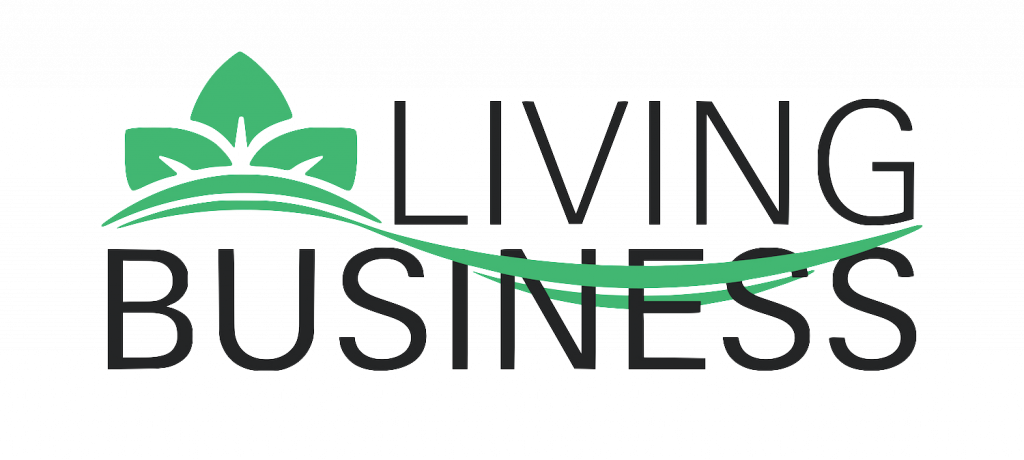
Rethinking production processes for a sustainable product portfolio
Producing “lead-free” is considered one of the biggest challenges the metalworking industry has had to face over the last 50 years. Phoenix Contact felt an obligation very early on to reduce lead in order to protect people's health and the environment. The reasoning behind this goal was to make a valuable contribution to a better quality of life. To achieve this, the company tested dozens of different materials and a large number of its own production processes to be prepared for the future.

By the way, in the fuel sector, the age of lead ended just last year. In July 2021, Algeria became the last country in the world to phase out leaded petrol. Other countries, such as Germany, did this years ago. Lead is a heavy metal that accumulates in the environment and in organisms, and it is hazardous to health. Therefore, it has been removed not only from most fuels but also from many other products.
This fundamental change is yet to come for the manufacturers of electronic products. Phoenix Contact already set itself this task early on and will be able to offer most of its product range of circular connectors as lead-free versions this year.
Every product, every process under scrutiny
Participants in the project at Phoenix Contact have been working across locations for many years to identify suitable materials and adapt production processes. In order to also investigate this highly complex topic from a scientific point of view, a research project was initiated at the RWTH Aachen University, with Phoenix Contact involved as a member of the project-related committee. Here, the participants developed fundamental processing strategies for various lead-free copper alloys. This was the starting point for the actual development of the technology at the Blomberg location.

One finding from the investigations was that chip breaking did not work as well as with alloys containing lead. In conventional industrial production processes, lead not only ensures good chip breaking but also makes cold forming easier and ensures easy lubrication in the material. These properties become worse without lead. From then on, the search for the right material – based on a scientific foundation – involved a constant exchange of ideas between production and the technology laboratory. For example, if a copper alloy had a low zinc content, the machinability properties improved but the cold forming property decreased. The key area for the product developers was the crimp contacts, which should conduct electricity well and be durable over the long term yet also have good machining and cold forming properties at the same time. The search involved a balancing act on a fine line that required close cooperation between suppliers, technology laboratories, product developers, and the series production department.

To keep ongoing production from slowing down due to extensive material testing, Phoenix Contact invested in its own production machines for its test series with lead-free alloys. The company even developed a new process for the chip breaking process and applied for a patent.
The European RoHS Directive
The European RoHS directive already limits or even bans substances that have been shown to have harmful effects on the environment. However, there are still hazardous substances that cannot be replaced yet due to their technical properties. There are exceptions for these, such as for lead, which is still permitted in Exception 6c in Annex III of Directive 2011/65/EU up to a mass fraction of 4 percent. This exception to the RoHS Directive was due to expire on July 21, 2021. From this point, it would then have been no longer possible to sell electrical and electronic devices in Europe that had a lead content of more than 0.1 percent lead in their material.
Similar regulations apply or are at least under discussion both in Europe and also worldwide. Switzerland has enacted the ChemRRV (Chemical Risk Reduction Ordinance), while in China the “Management Methods for Controlling Pollution Caused by Electronic Information Products Regulation”, known as the China-RoHS, ensures corresponding substance bans. South Korea has adopted a large part of the European regulations in the “Korea RoHS”, while lead is also on the list of substances of concern in the “Japan RoHS”. Similar regulations are also on the drawing board in the United States. Regardless of whether the European Union extends the exception clause again – or does not – Phoenix Contact has completed the technical and process engineering preparatory work to provide lead-free products.
Changing processes soon enough
As was the case with the transition to unleaded fuels, the path to lead-free copper alloys for the electronics industry is a mammoth project. The work necessary for this cannot be measured in years, rather in decades. The planners responsible have to adapt electronic devices soon enough and include lead-free components in the planning process. Today, anybody who designs items and does not want to painstakingly renew approvals for the device in the next few years should consider the RoHS issue at an early stage when selecting components.
For this reason, Phoenix Contact is already complying with the future legal specifications and requirements right now. Developers can already plan future-proof devices for the world of tomorrow - and protect people and the environment at the same time. To this end, lead-free versions are already available for thousands of products.
Phoenix Contact already offers a significant selection of lead-free circular connectors. Through the consistent extension of the metric M5 to M58 series, a lead-free product range will be almost fully available by the end of the year.
A head start through the early use of lead-free products

- The goal is to make value chains as sustainable as possible. The commitment is worthwhile – for the environment, health, and a future worth living.
- The conversion is considered one of the most significant projects in the metalworking industry in the last 50 years. The engineers from Phoenix Contact also had to carry out pioneering work in a long and difficult process.
- Sustainable product portfolio: Starting with the metric M5-M12 and M16-M58 series, Phoenix Contact has been offering lead-free versions of thousands of products since the second quarter of 2022. From here, this and other connector ranges will then be extended successively in the course of this year and beyond.
Related Posts


